Discover Essential Joint Mobility Exercises Today
The Role of Joint Mobility in Yoga and Strength Training
Joint mobility greatly influences physical performance in yoga and strength training. It forms the basis for efficient movement and prevents injuries. Prioritizing joint mobility enhances your fitness experience. This blog post highlights joint mobility’s importance in yoga and strength training and offers tips to improve your practice.
Understanding Joint Mobility
Joint mobility describes a joint’s ability to move freely through its full range of motion. It includes flexibility, strength, coordination, and stability. In yoga, joint mobility helps practitioners achieve poses and boosts performance. In strength training, it enables proper exercise form and reduces injury risks.
Mobility encompasses physical movement aspects and neuromuscular control for coordinated actions. Adequate joint mobility supports daily tasks, recreational activities, and athletic performance, making it vital for overall fitness.
The Connection Between Mobility and Flexibility
Mobility and flexibility often relate but differ. Flexibility focuses on muscle length, while mobility involves joint movement. You can possess flexibility without mobility; for example, a dancer may excel in flexibility but struggle with joint mobility. Targeting both aspects creates a well-rounded fitness routine.
Improving mobility often enhances flexibility since the two interconnect. However, simply stretching muscles does not guarantee free joint movement. Joint mobility demands strength, control, and stability throughout the full range of motion.
Enhancing Joint Mobility in Yoga
Regular yoga practice boosts joint mobility. Many poses target different joints, improving their range of motion. Here are effective yoga poses to enhance joint mobility:
1. **Cat-Cow Pose:** This gentle flow increases spinal flexibility and warms the back. It mobilizes the spine and promotes fluid movement.
2. **Downward Facing Dog:** This pose stretches the shoulders and hamstrings while enhancing ankle mobility. It elongates the spine and encourages proper alignment.
3. **Warrior II:** This pose strengthens the hips and stabilizes the lower body while opening the chest and shoulders. The active engagement improves strength and mobility.
4. **Seated Forward Bend:** This pose promotes hip flexibility and stretches the spine. It helps relieve lower back tension, enhancing overall mobility.
5. **Lizard Pose:** This deep hip opener stretches the hips and groin while strengthening the legs. It significantly increases hip joint mobility.
Incorporate these poses into your routine to boost joint mobility and flexibility. Hold each pose for several breaths to deepen the experience.
Conclusion
In summary, joint mobility plays a crucial role in yoga and strength training. Prioritize it to enhance your overall fitness.
Below are related products based on this post:
FAQ
What is joint mobility and why is it important in yoga and strength training?
Joint mobility refers to a joint’s ability to move freely through its full range of motion, encompassing flexibility, strength, coordination, and stability. It is important in yoga and strength training as it facilitates efficient movement, helps achieve poses, ensures proper exercise form, and reduces the risk of injuries.
How do mobility and flexibility differ?
Mobility and flexibility are related but distinct concepts. Flexibility focuses on the length of muscles, while mobility involves the movement of joints. You can have flexibility without mobility; for example, a dancer may excel in flexibility but struggle with joint mobility. A well-rounded fitness routine should target both aspects for optimal performance.
What are some effective yoga poses to enhance joint mobility?
Several yoga poses can enhance joint mobility, including Cat-Cow Pose, Downward Facing Dog, Warrior II, Seated Forward Bend, and Lizard Pose. These poses target different joints, improve their range of motion, and promote overall flexibility and strength. Incorporating them into your routine and holding each pose for several breaths can deepen the benefits.
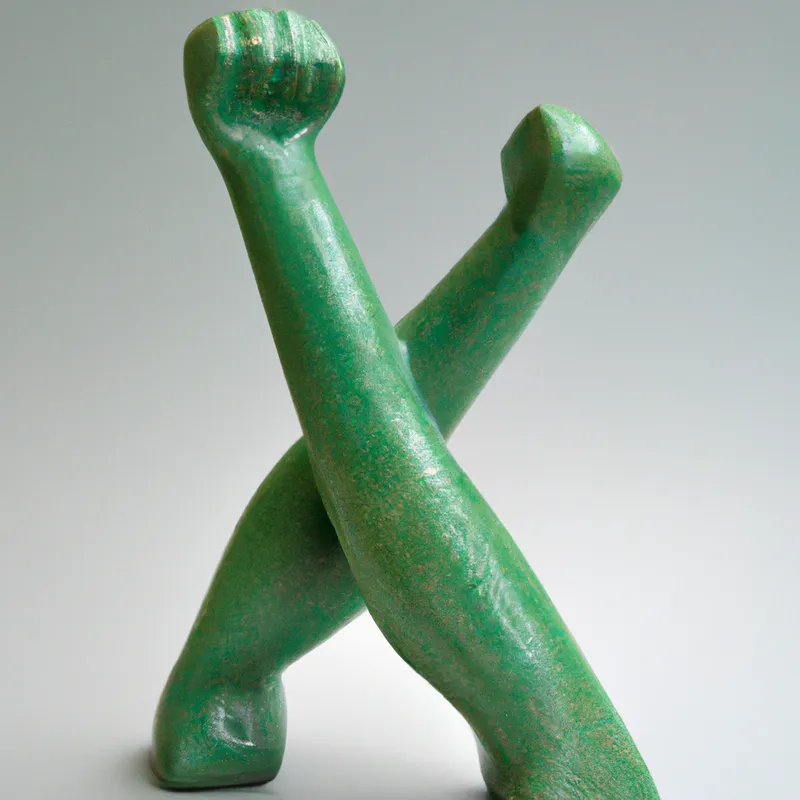


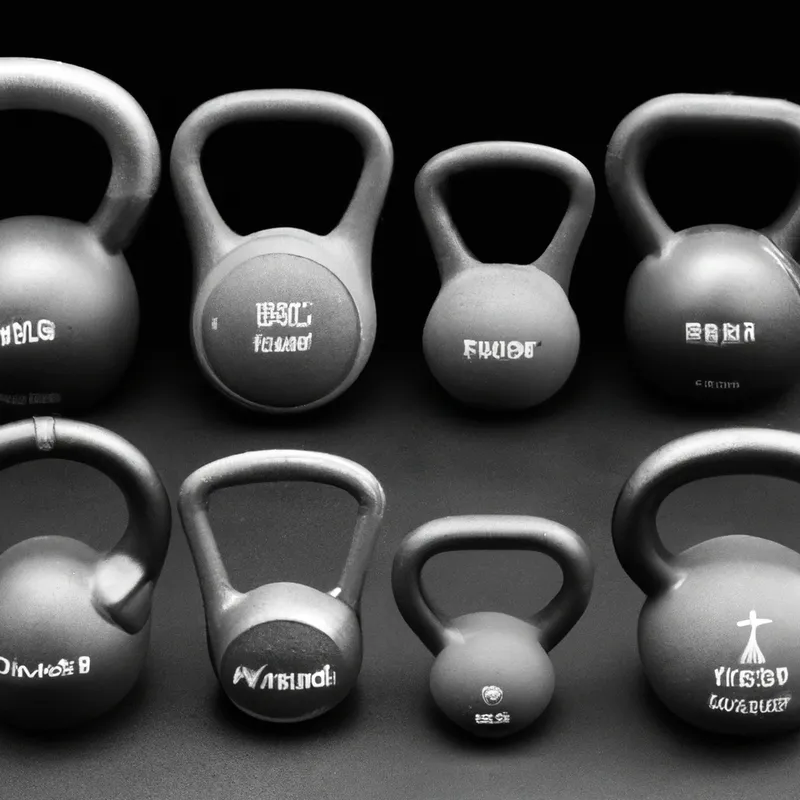


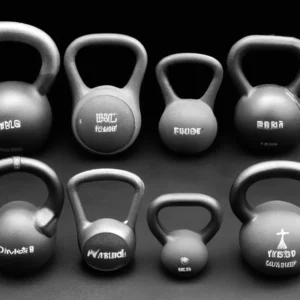
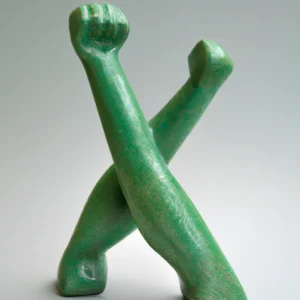




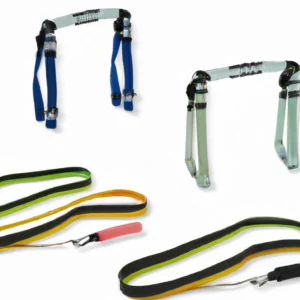
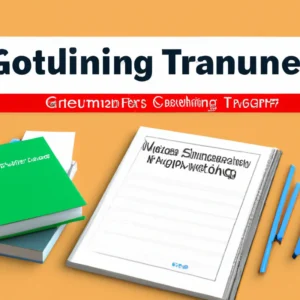

Post Comment